A carnivorous plant is a type of plant that has adapted to get some or most of its nutrients from trapping and consuming small animals or insects.
These plants have evolved unique mechanisms to attract, capture, and digest their prey.
While most plants obtain nutrients through photosynthesis and absorb minerals from the soil, carnivorous plants have developed specialized structures to supplement their nutrient intake.
Cultivating carnivorous plants can seem daunting, but it can be a fascinating indoor or outdoor garden addition.
These organisms have evolved to survive in nutrient-poor conditions by developing mechanisms to trap and digest insects and spiders.
In their natural habitat, carnivorous plants thrive in bogs, marshes, or rainforests, yet cultivating carnivorous plants can be a fascinating indoor or outdoor garden addition.
9 Tips for Caring for Carnivorous Plants
Proper Soil Requirements
The soil for carnivorous plants should mimic the nutrient-poor conditions of their natural habitats.
An ideal mix combines sphagnum peat moss with sand or perlite, providing excellent drainage and retaining moisture.
Fertilizers should not be used with carnivorous plants. Unlike other plants, they get nutrients from insects.
Lighting Conditions
Carnivorous plants need substantial light to flourish. They require at least four to six hours of direct sunlight daily.
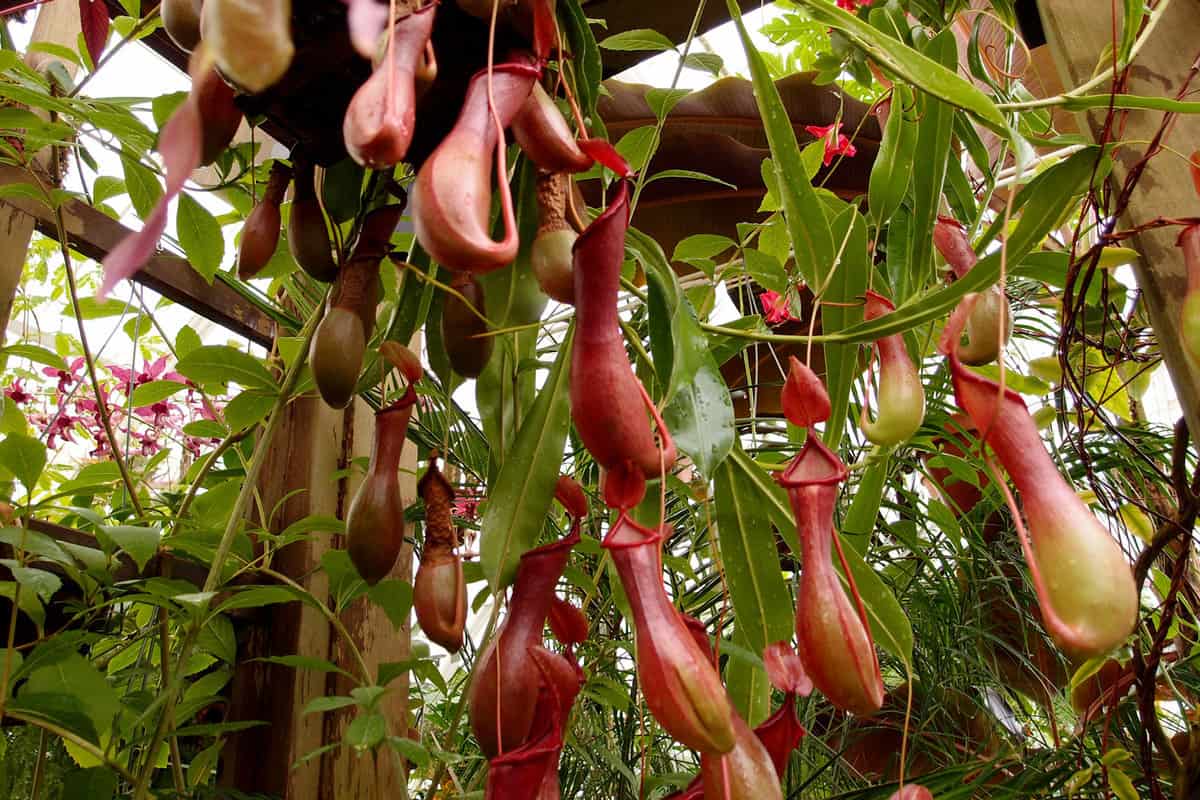
The Nepenthes, also known as Tropical Pitcher Plants, prefer bright indirect light, which simulates the dappled sunlight of their natural rainforest habitat.
High-Humidity Environment
Most carnivorous plants thrive in a high-humidity environment. If you're growing them indoors, a terrarium or a glass enclosure can help maintain the necessary humidity.
If grown outdoors, placing them near a water source can aid in providing the dampness these plants crave.
Watering Needs
Carnivorous plants must be watered regularly, keeping their soil moist.
The type of water used is equally important. Rainwater or distilled water is ideal because tap water often contains minerals that can harm these plants.
Temperature Requirements
Carnivorous plants are most comfortable with a daytime temperature between 70 and 75 degrees Fahrenheit and a nighttime temperature between 60 and 65 degrees Fahrenheit.

Some varieties, like the Venus Flytrap, can tolerate temperatures as low as 32 degrees Fahrenheit in winter but might go dormant.
Feeding and Pruning
Feeding and pruning are important aspects of caring for carnivorous plants, ensuring their health, and maximizing trapping efficiency.
Feeding carnivorous plants
Carnivorous plants have evolved to catch and digest insects and small invertebrates as their source of nutrients. In their natural habitats, they capture prey from the surrounding environment.
When cultivated indoors, providing supplemental feeding can help meet their nutritional needs.
While not essential, introducing small insects like fruit flies, gnats, or pinhead crickets can be beneficial, especially if the plant cannot catch enough prey naturally.
Feeding should be done sparingly, as overfeeding can lead to rot or nutrient imbalances.
It is important to choose prey that is appropriately sized for the plant and avoid feeding them insects exposed to pesticides or chemicals.
Pruning
Pruning carnivorous plants serves multiple purposes. Firstly, it helps maintain the overall health and appearance of the plant.
Regularly inspect the plant for any signs of disease, damage, or rot. If you notice any unhealthy or discolored portions, it is best to remove them promptly to prevent the spread of infection.
Use sterilized tools (scissors or pruners) to make clean cuts and avoid introducing pathogens.
Additionally, pruning helps with the maintenance of the traps.
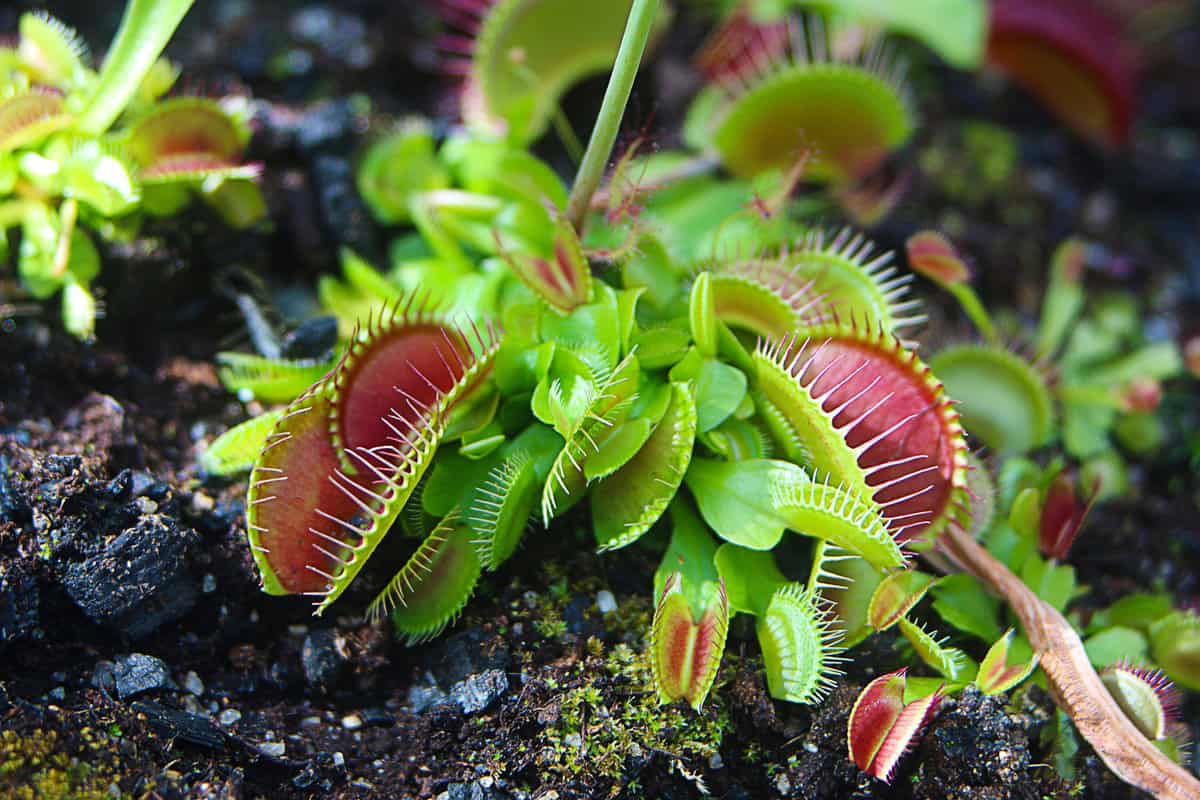
Carnivorous plants, such as Venus flytraps, may have traps that die or become less efficient over time. Trimming these dead traps allows the plant to redirect energy and resources toward the growth of new, functional traps.
It is important to note that not all traps will die at once, so selectively removing the dead ones ensures the plant can continue capturing prey effectively.
When pruning carnivorous plants, it is crucial to be cautious and avoid damaging the healthy parts of the plant.
Take care to remove only a few traps or disrupt the balance of the plant's growth.
Always research the specific pruning requirements for the type of carnivorous plant you are cultivating, as different species may have unique growth patterns and pruning needs.
Providing occasional feeding when necessary and performing regular pruning can help maintain your carnivorous plants' vitality and aesthetic appeal while promoting their natural trapping abilities.
These practices contribute to these fascinating botanical specimens' overall well-being and longevity.
Winter Rest
Several carnivorous plants require a winter dormancy period.
They may appear to die back during this time, but they're merely conserving energy. When spring comes, they'll return to life.
Choosing the Right Container
Carnivorous plants need containers with excellent drainage. Since these plants prefer consistently wet soil, use a tray under the pot to hold excess water.
This will help the moisture level in the soil.
Understanding the Outdoor Environment
Many carnivorous plants can thrive outdoors if the conditions mimic their natural habitats. Below are three popular carnivorous plants with USDA Planting Zones.
Exploring Various Types of Carnivorous Plants
There are several types of carnivorous plants, each with its unique trapping mechanism:
Venus Flytraps, USDA Zones 6-8: Known for their iconic jaw-like trapping mechanism, these plants attract prey with nectar and color.
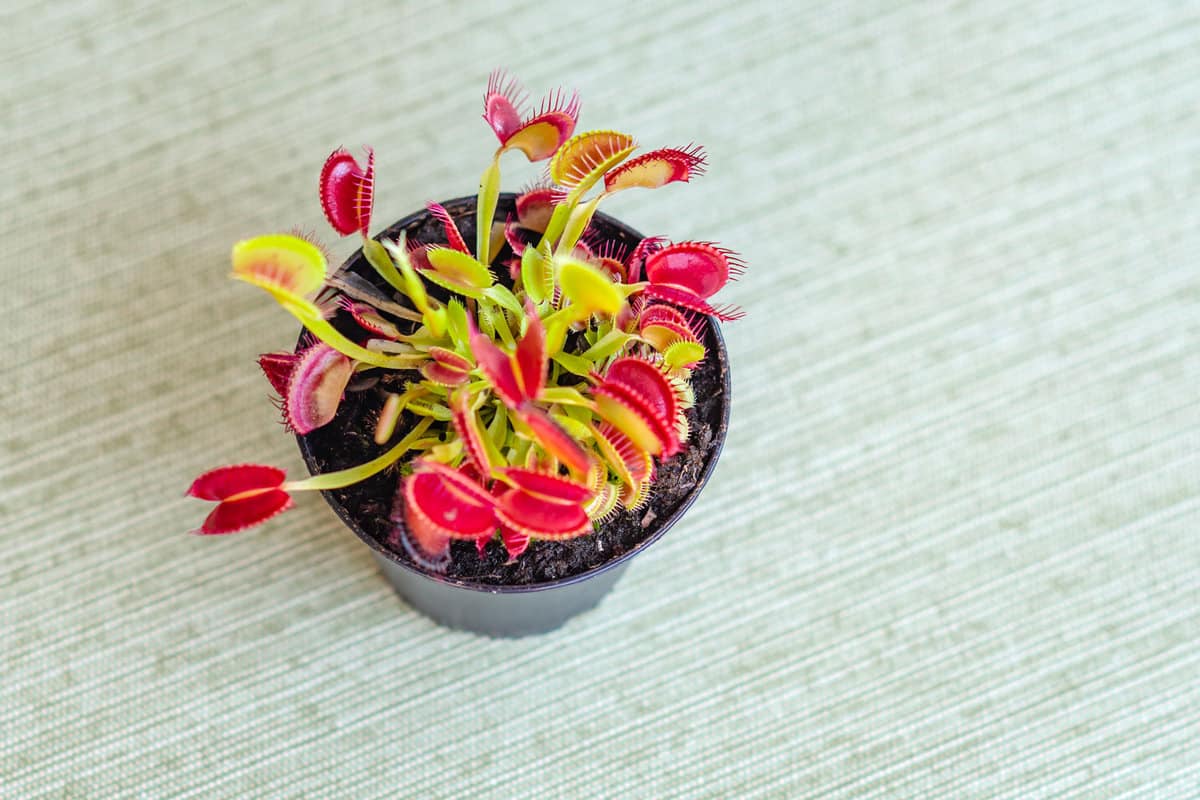
When an insect triggers the sensitive hair inside the trap, it closes rapidly.
Pitcher Plants, USDA Zones 3-9: This variety employs a pitfall-trapping mechanism.
They produce nectar around the rim and inside their tubular leaves, often vibrantly colored to attract insects.
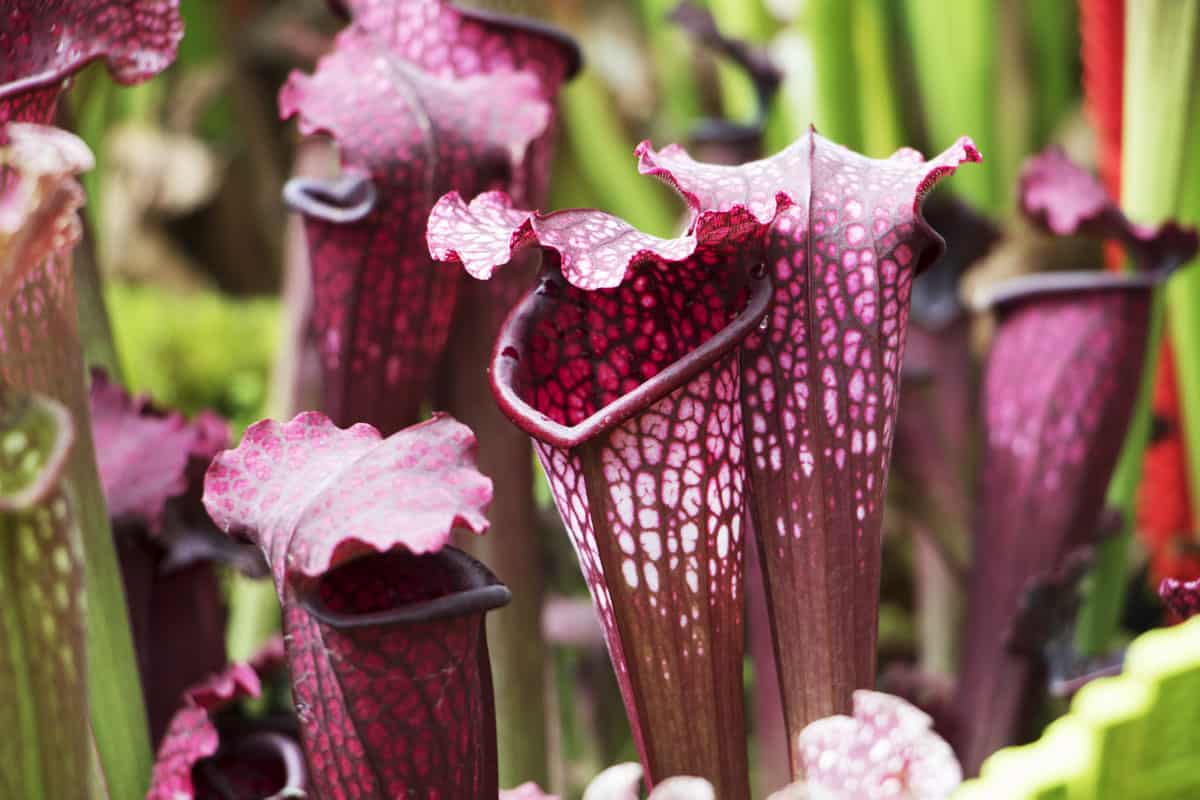
Once the prey slips into the tube, it's unlikely to escape due to the plant's slick sides and downward-pointing hairs.
Sundews: Sundews are adorned with tentacled glands that secrete a sticky substance. Once trapped, tentacles slowly wrap around the prey, and enzymes digest it.
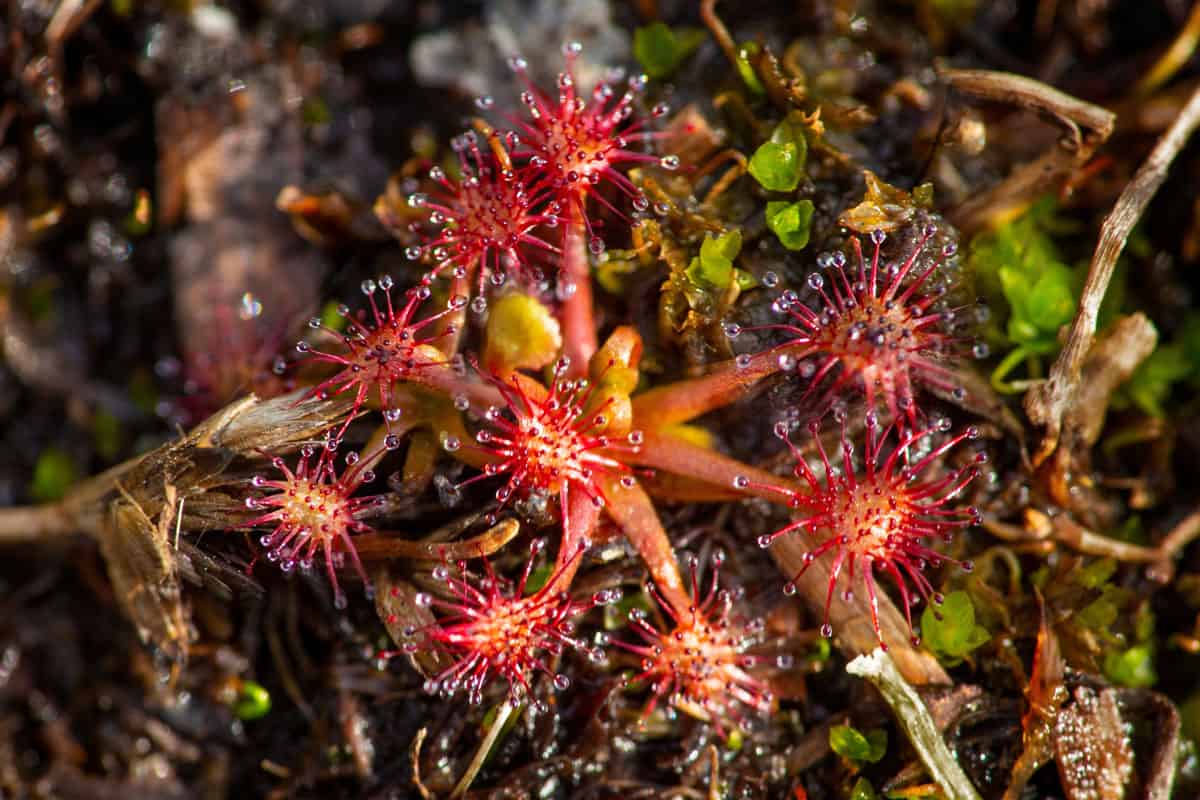
Sundews are adaptable to various climates.
Butterworts: These plants use greasy, flypaper-like leaves to trap their prey.
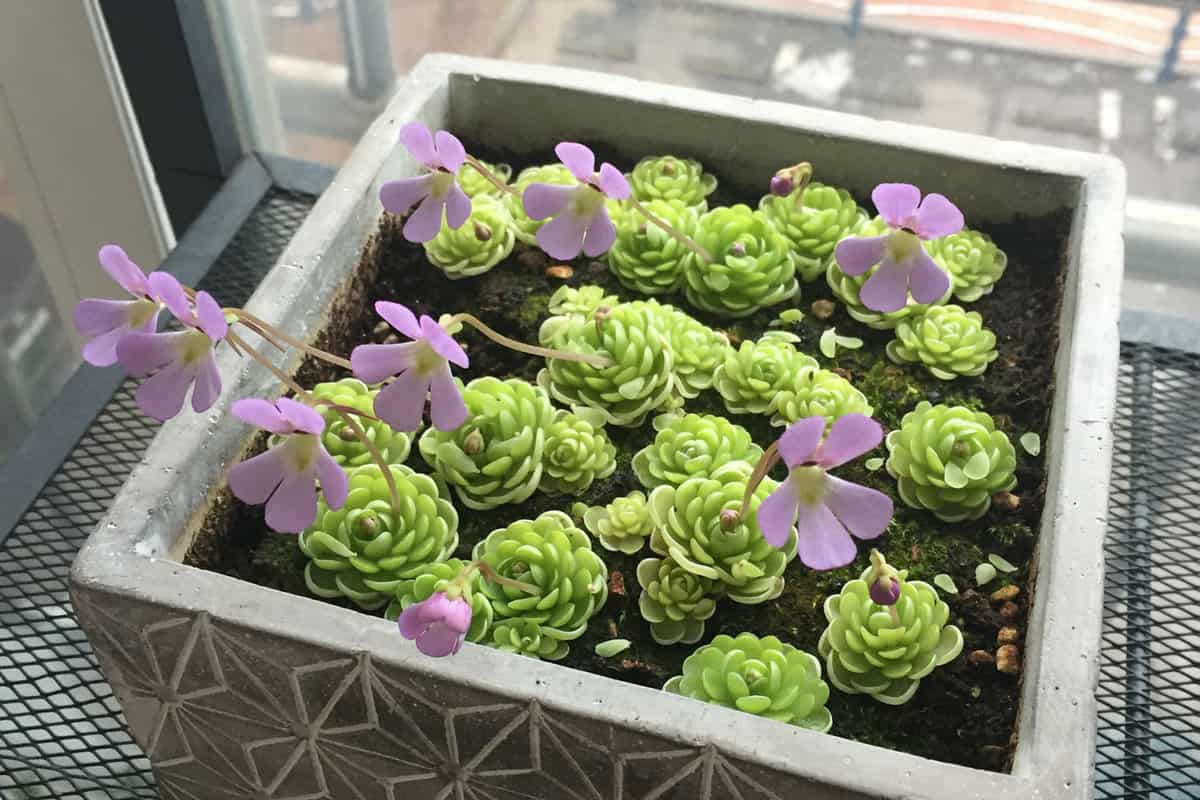
Insects that land on these leaves get stuck, and the plant then secretes enzymes to digest the insect.
Butterworts are adaptable to various climates.
Here are more fun articles about carnivorous plants:
How Big Do Venus Flytrap Get & How Long Does It Live?
Researchers Reveal Shocking Discovery About The Bizarre Pitcher Plant!
Venus Flytrap: When To Repot And How To (Tips For Transplanting Success)
Can Venus Fly Traps Eat Fish Food?
Botanical Wonders
In summary, while carnivorous plants may require more effort and attention than traditional houseplants, their unique adaptations and ability to capture and consume insects make them a fascinating and rewarding choice for plant enthusiasts.
With patience, the right conditions, and a sense of curiosity, you can successfully cultivate and enjoy the wonder of these intriguing botanical wonders.
